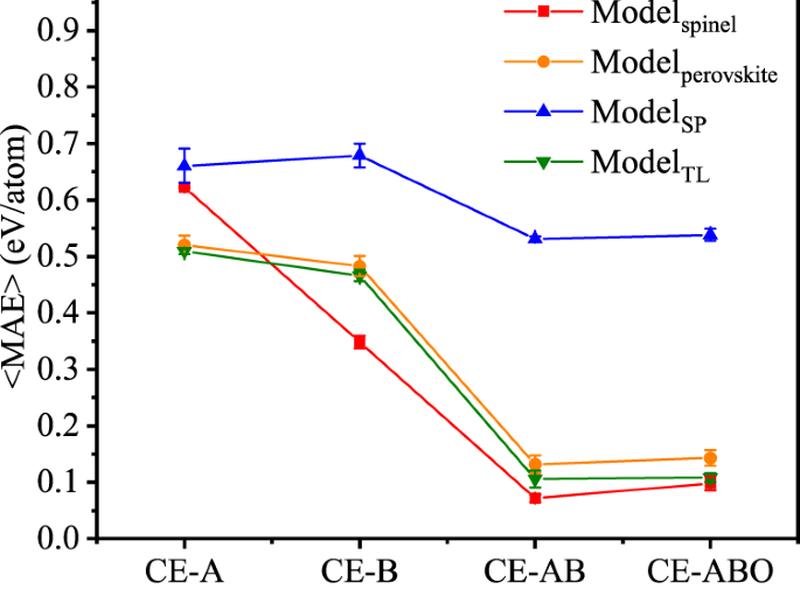This article discusses a deep transfer learning approach to predict thermodynamically stable perovskite oxides based on a large computational dataset of spinel oxides. A deep neural network (DNN) source domain model with “Center-Environment” (CE) features was first developed using the formation energy of 5329 spinel oxide structures and then was fine-tuned by learning a small dataset of 855 perovskite oxide structures. Combining the criteria of formation energy and structure factors, 1314 thermodynamically stable perovskite oxides were predicted, among which 144 oxides were reported to be synthesized experimentally, 10 oxides were predicted computationally by other literatures, 301 oxides were recorded in the Materials Project database, and 859 oxides have been first reported. This transfer machine learning approach takes the advantage of existing data to predict new structures at a lower cost, providing an effective acceleration strategy for the expensive high-throughput computational screening in materials design.

